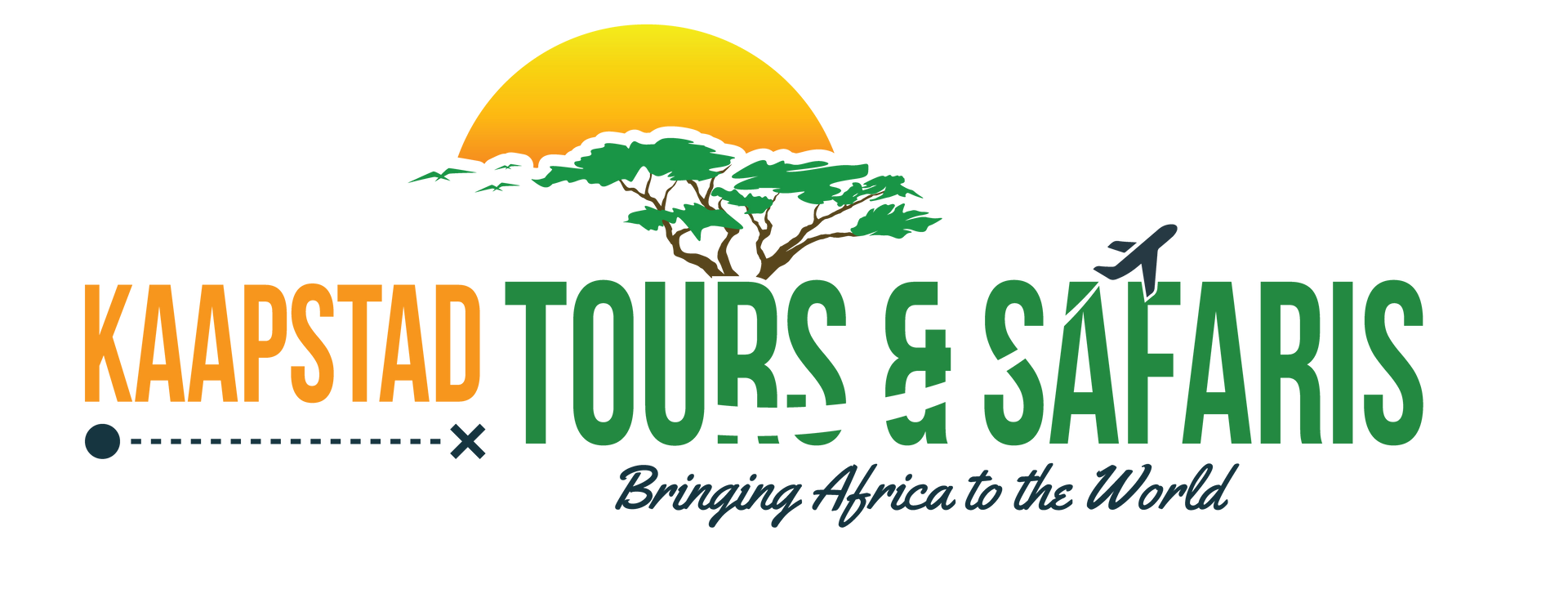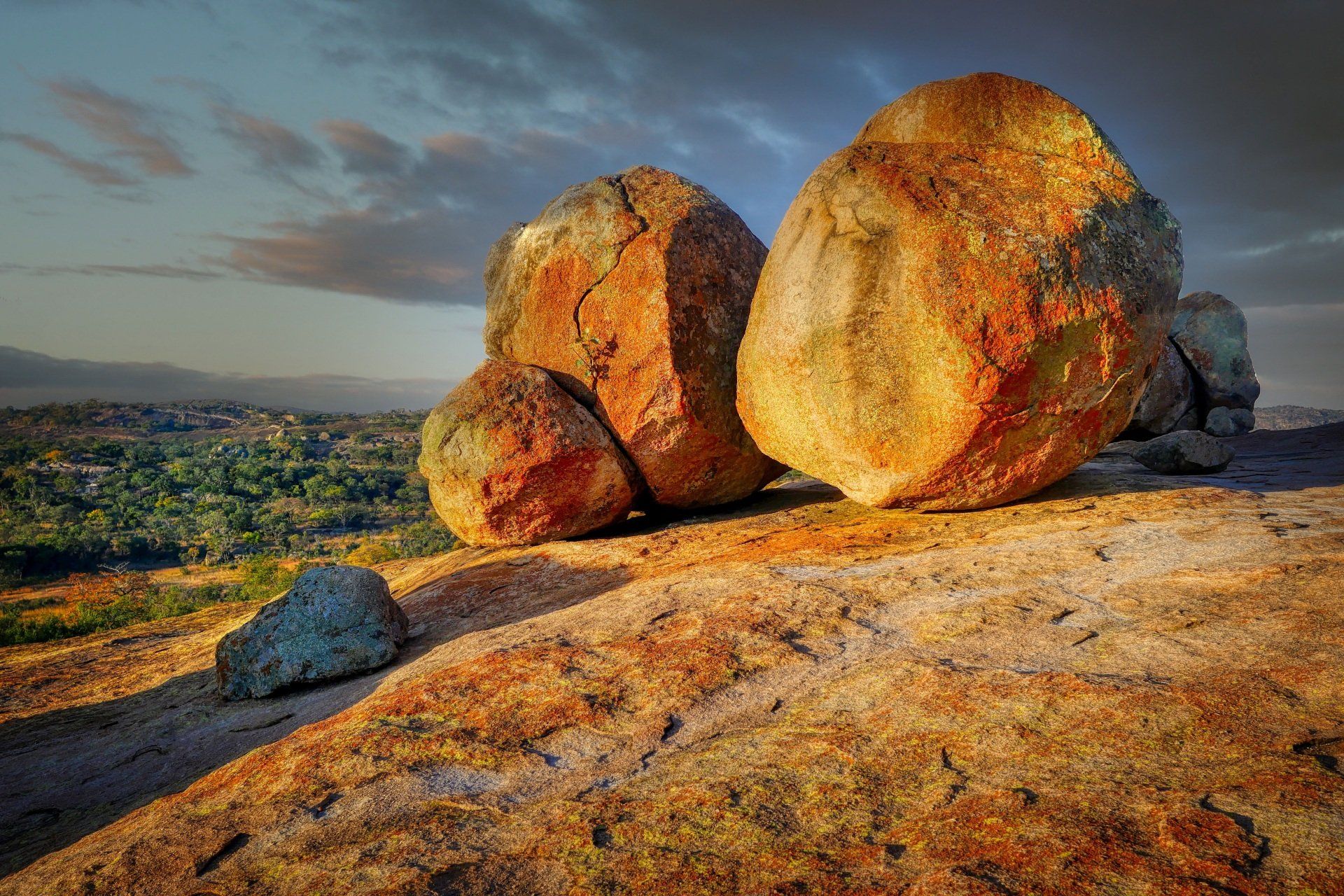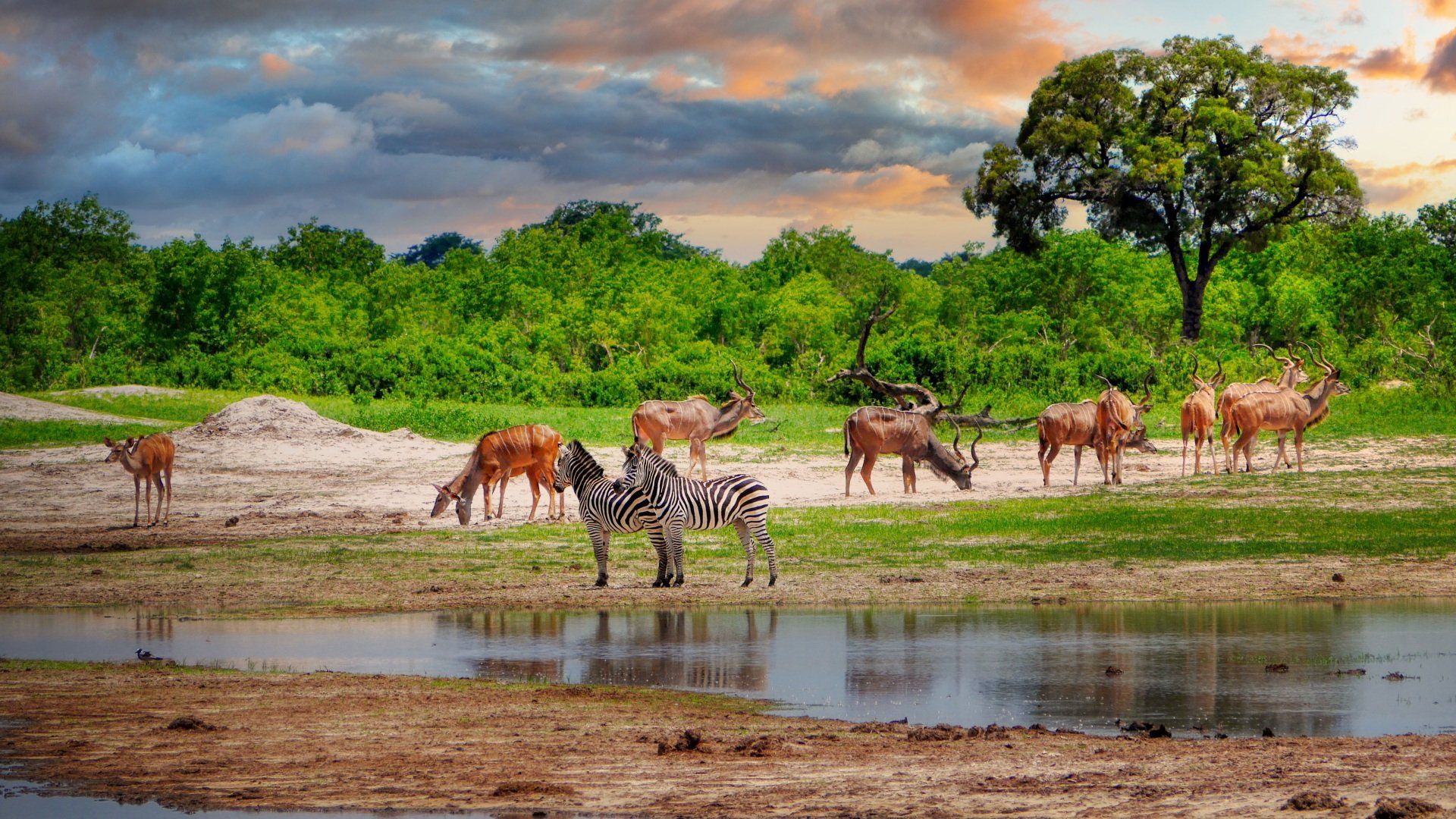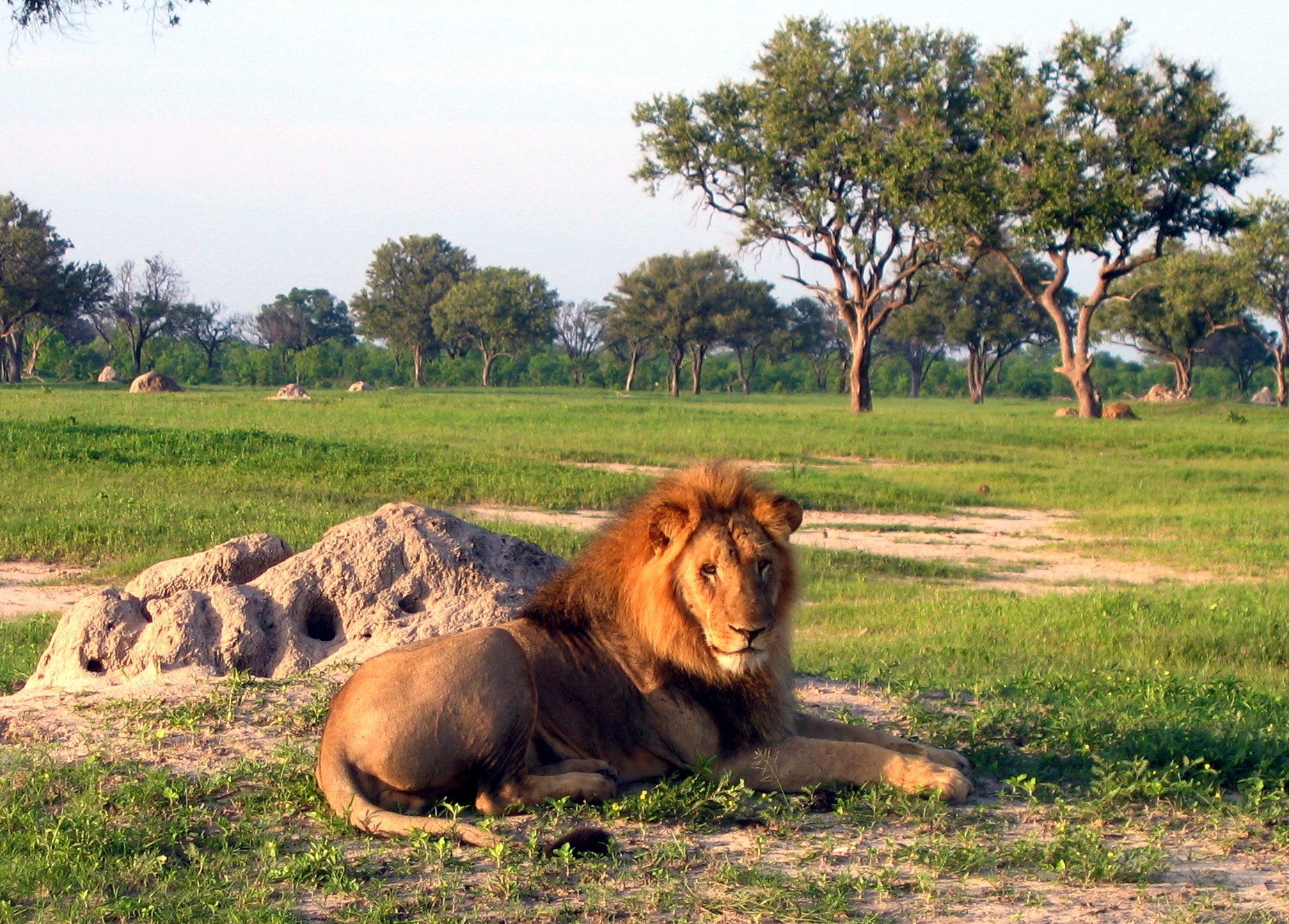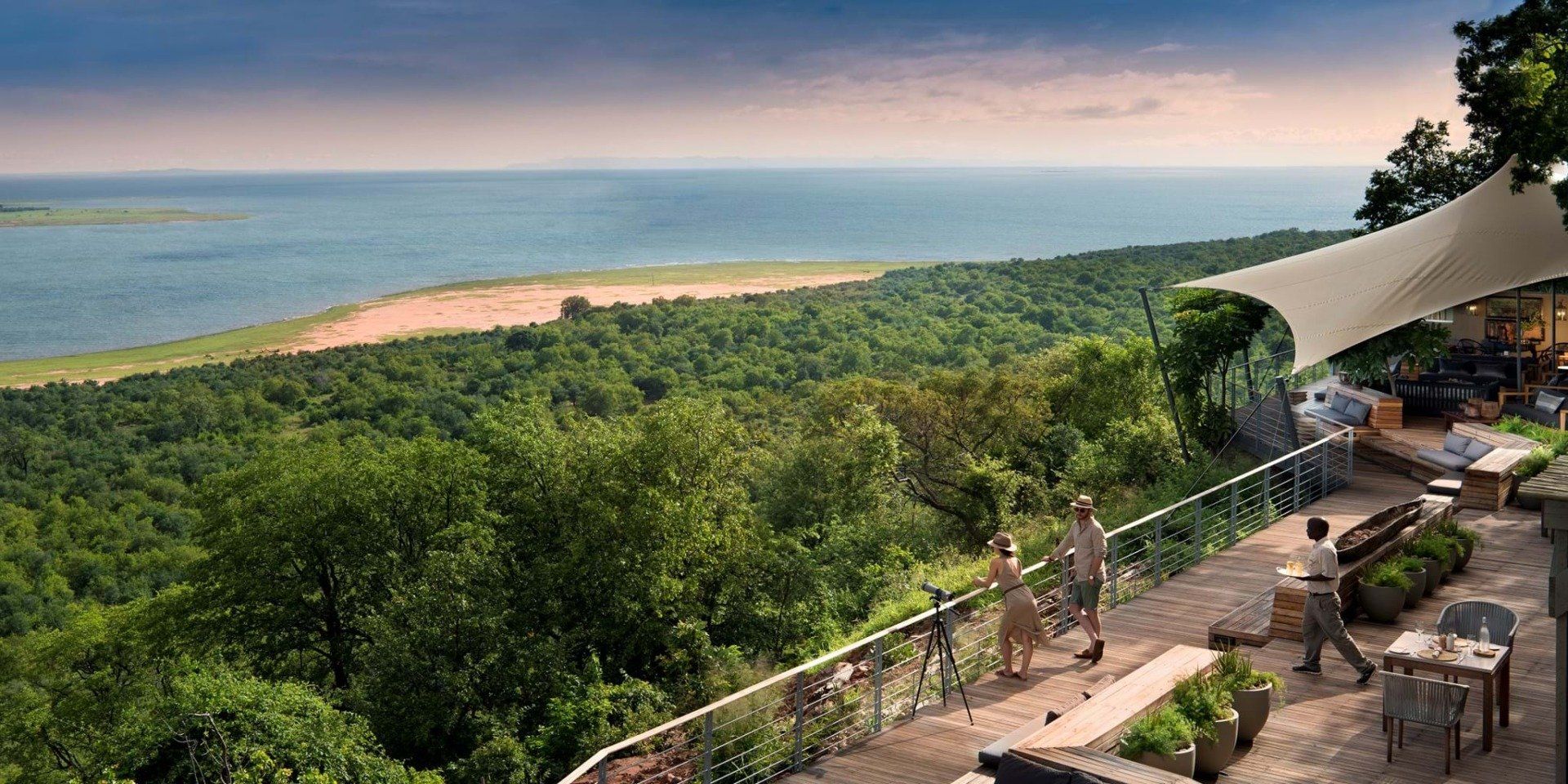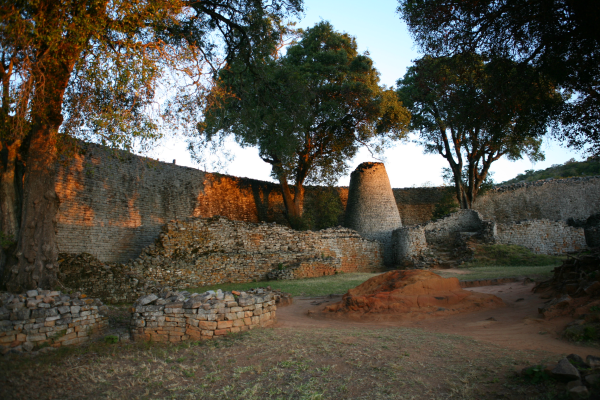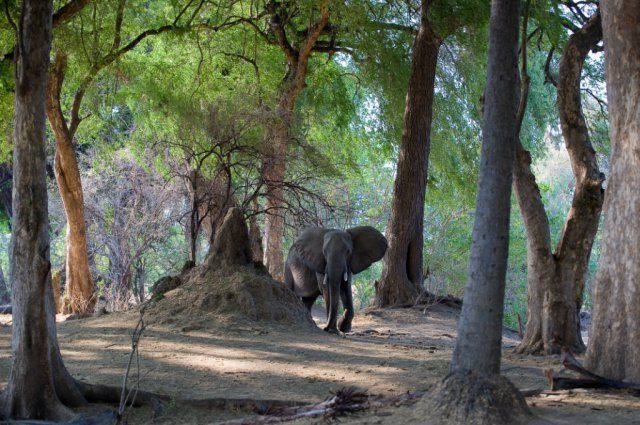ZIMBABWE
WATER AND WILDERNESS
The land of the mighty Victoria falls, that will leave you spellbound with all its magnificence, the land which is home to the Great Zimbabwe ruins and to one of the best-protected populations of black rhino in Southern Africa in the Matobos national park.
Welcome to the country where a huge man-made structure, the Kariba dam has given birth to a new and rich ecosystem teeming with wildlife and birdlife.
Zimbabwe is a not only a wildlife enthusiast’s haven but it also surprisingly has in store a number of museum sites and monuments for the culturally sensitive.
